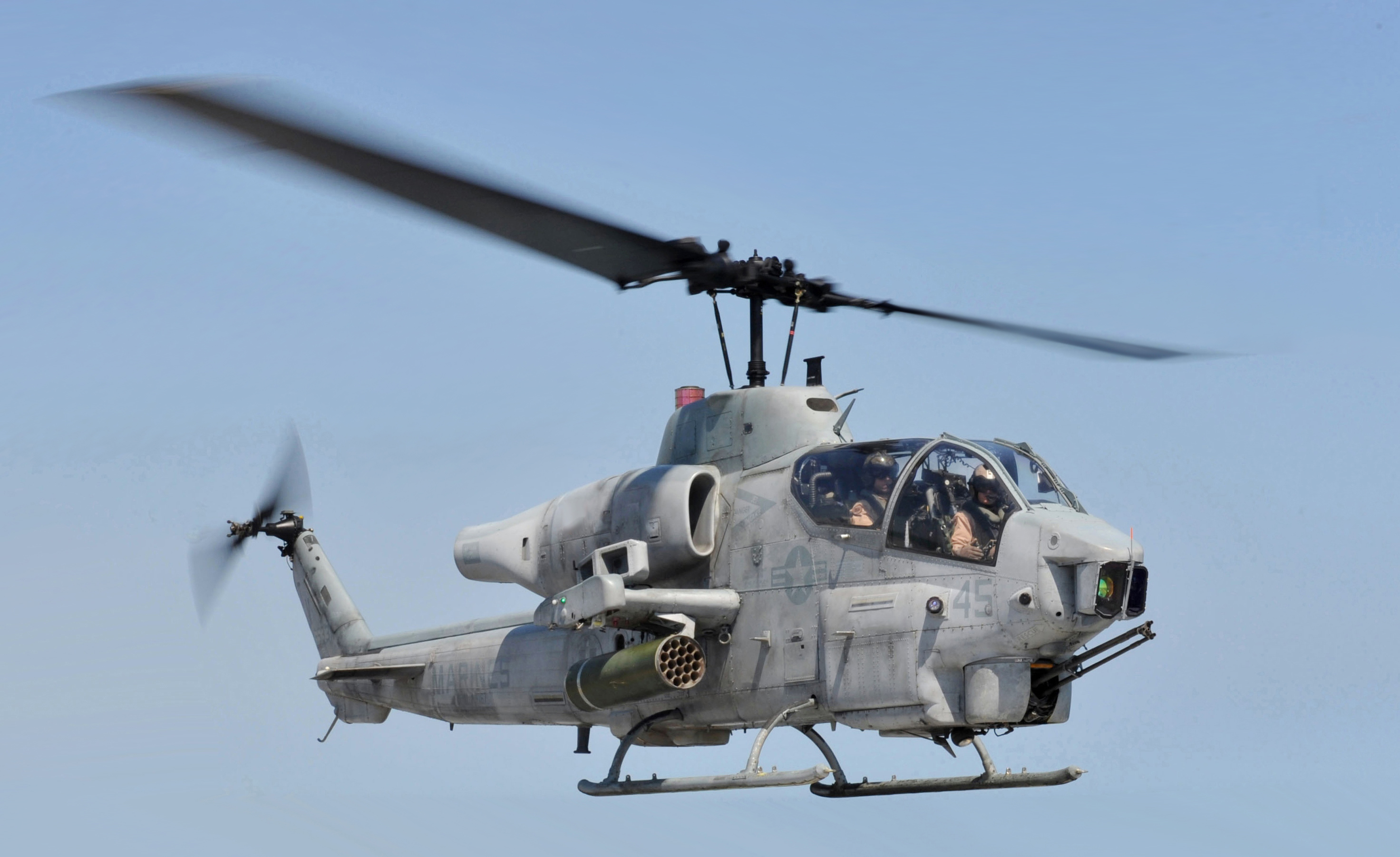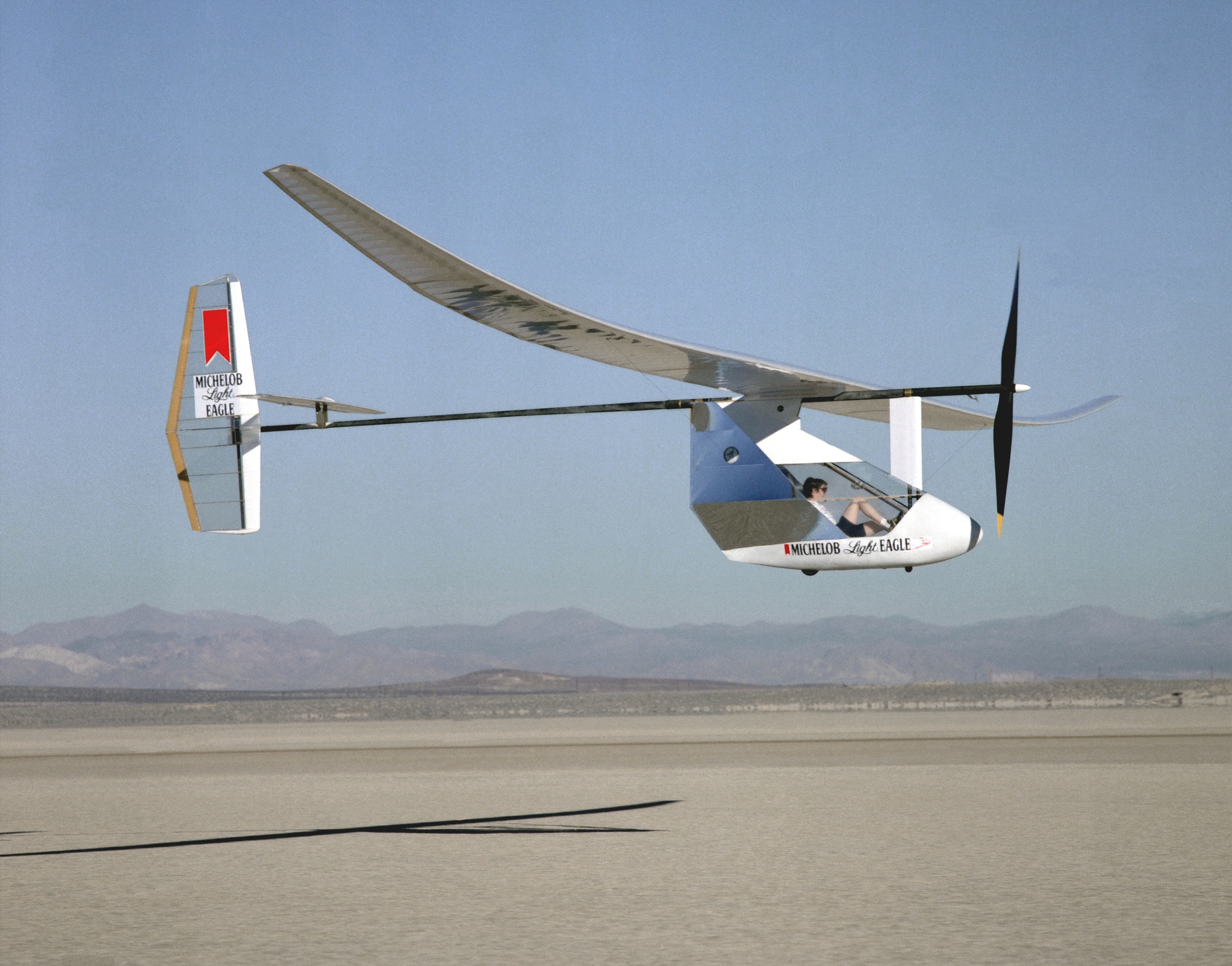|
Engelbert Zaschka
Engelbert Zaschka (September 1, 1895 in Freiburg im Breisgau, Germany – June 26, 1955 in Freiburg im Breisgau, Germany) was a German chief engineer, chief designer and inventor. Zaschka is one of the first German helicopter pioneers and he is a pioneer of flying with muscle power and the folding car. Zaschka devoted himself primarily to aviation and automotive topics, but his work was not limited to them. Engelbert Zaschka is a prominent representative of the rotary aircraft, a class of rotorcraft systems - according to Zaschka. In 1928/1929 Zaschka developed and constructed the first collapsible and foldable small car (folding car) and in 1934 an early muscle-powered airplane. Biography Engelbert Zaschka came from a family of musicians, his father Wenzel taught zither and played in the Freiburg City Orchestra, his mother Emilie, née Rombach, was a singer; he was the second oldest of four children. He grew up in the Scheffelstraße and in the Bürgerwehrstraße, where his f ... [...More Info...] [...Related Items...] OR: [Wikipedia] [Google] [Baidu] |
Freiburg Im Breisgau
Freiburg im Breisgau (; abbreviated as Freiburg i. Br. or Freiburg i. B.; Low Alemannic: ''Friburg im Brisgau''), commonly referred to as Freiburg, is an independent city in Baden-Württemberg, Germany. With a population of about 230,000 (as of 31 December 2018), Freiburg is the fourth-largest city in Baden-Württemberg after Stuttgart, Mannheim, and Karlsruhe. The population of the Freiburg metropolitan area was 656,753 in 2018. In the south-west of the country, it straddles the Dreisam river, at the foot of the Schlossberg. Historically, the city has acted as the hub of the Breisgau region on the western edge of the Black Forest in the Upper Rhine Plain. A famous old German university town, and archiepiscopal seat, Freiburg was incorporated in the early twelfth century and developed into a major commercial, intellectual, and ecclesiastical center of the upper Rhine region. The city is known for its medieval minster and Renaissance university, as well as for its high stand ... [...More Info...] [...Related Items...] OR: [Wikipedia] [Google] [Baidu] |
Neukölln
Neukölln () is one of the twelve boroughs of Berlin. It is located in the southeastern part from the city centre towards Berlin Schönefeld Airport. It was part of the former American sector under the Four-Power occupation of the city. It features many Gründerzeit buildings and is characterized by having one of the highest percentage of immigrants in Berlin. In recent years an influx of students and creative types has led to gentrification. History Neukölln's independence ended on 1 October 1920 when it was incorporated into Berlin. In September 1929, Goebbels led his men into Neukölln, a KPD stronghold, and the two warring parties exchanged pistol and revolver fire. From 1966 to 1975 the Gropiusstadt was built, a "Trabantenstadt" or city-within-a-city housing estate, designed by architect Walter Gropius. Locality subdivisions Neukölln is subdivided into five localities: Public transport Neukölln is served by three operational sections of urban rail. U- ... [...More Info...] [...Related Items...] OR: [Wikipedia] [Google] [Baidu] |
Autogyro
An autogyro (from Greek and , "self-turning"), also known as a ''gyroplane'', is a type of rotorcraft that uses an unpowered rotor in free autorotation to develop lift. Forward thrust is provided independently, by an engine-driven propeller. While similar to a helicopter rotor in appearance, the autogyro's rotor must have air flowing across the rotor disc to generate rotation, and the air flows upwards through the rotor disc rather than down. The autogyro was invented by Spanish engineer Juan de la Cierva in an attempt to create an aircraft that could fly safely at low speeds. He first flew one on 9 January 1923, at Cuatro Vientos Airfield in Madrid. The aircraft resembled the fixed-wing aircraft of the day, with a front-mounted engine and propeller. Cierva's autogyro is considered the predecessor of the modern helicopter. The success of the autogyro garnered the interest of industrialists and under license from Cierva in the 1920s and 1930s, the Pitcairn & Kellett compani ... [...More Info...] [...Related Items...] OR: [Wikipedia] [Google] [Baidu] |
Flight Control Surfaces
Aircraft flight control surfaces are aerodynamic devices allowing a pilot to adjust and control the aircraft's flight attitude. Development of an effective set of flight control surfaces was a critical advance in the development of aircraft. Early efforts at fixed-wing aircraft design succeeded in generating sufficient lift to get the aircraft off the ground, but once aloft, the aircraft proved uncontrollable, often with disastrous results. The development of effective flight controls is what allowed stable flight. This article describes the control surfaces used on a fixed-wing aircraft of conventional design. Other fixed-wing aircraft configurations may use different control surfaces but the basic principles remain. The controls (stick and rudder) for rotary wing aircraft (helicopter or autogyro) accomplish the same motions about the three axes of rotation, but manipulate the rotating flight controls ( main rotor disk and tail rotor disk) in a completely different manne ... [...More Info...] [...Related Items...] OR: [Wikipedia] [Google] [Baidu] |
Air Propulsion
Propulsion is the generation of force by any combination of pushing or pulling to modify the translational motion of an object, which is typically a rigid body (or an articulated rigid body) but may also concern a fluid. The term is derived from two Latin words: ''pro'', meaning'' before'' or ''forward''; and '' pellere'', meaning ''to drive''. A propulsion system consists of a source of mechanical power, and a ''propulsor'' (means of converting this power into propulsive force). Plucking a guitar string to induce a vibratory translation is technically a form of propulsion of the guitar string; this is not commonly depicted in this vocabulary, even though human muscles are considered to propel the fingertips. The motion of an object moving through a gravitational field is affected by the field, and within some frames of reference physicists speak of the gravitational field generating a force upon the object, but for deep theoretic reasons, physicists now consider the curved ... [...More Info...] [...Related Items...] OR: [Wikipedia] [Google] [Baidu] |
Propeller
A propeller (colloquially often called a screw if on a ship or an airscrew if on an aircraft) is a device with a rotating hub and radiating blades that are set at a pitch to form a helical spiral which, when rotated, exerts linear thrust upon a working fluid such as water or air. Propellers are used to pump fluid through a pipe or duct, or to create thrust to propel a boat through water or an aircraft through air. The blades are specially shaped so that their rotational motion through the fluid causes a pressure difference between the two surfaces of the blade by Bernoulli's principle which exerts force on the fluid. Most marine propellers are screw propellers with helical blades rotating on a propeller shaft (ship), propeller shaft with an approximately horizontal axis. History Early developments The principle employed in using a screw propeller is derived from sculling. In sculling, a single blade is moved through an arc, from side to side taking care to keep presenting the ... [...More Info...] [...Related Items...] OR: [Wikipedia] [Google] [Baidu] |
Gliding
Gliding is a recreational activity and competitive air sport in which pilots fly unpowered aircraft known as gliders or sailplanes using naturally occurring currents of rising air in the atmosphere to remain airborne. The word ''soaring'' is also used for the sport. Gliding as a sport began in the 1920s. Initially the objective was to increase the duration of flights but soon pilots attempted cross-country flights away from the place of launch. Improvements in aerodynamics and in the understanding of weather phenomena have allowed greater distances at higher average speeds. Long distances are now flown using any of the main sources of rising air: ridge lift, thermals and lee waves. When conditions are favourable, experienced pilots can now fly hundreds of kilometres before returning to their home airfields; occasionally flights of more than are achieved. Some competitive pilots fly in races around pre-defined courses. These gliding competitions test pilots' abilities to ... [...More Info...] [...Related Items...] OR: [Wikipedia] [Google] [Baidu] |
Gyroscope
A gyroscope (from Ancient Greek γῦρος ''gŷros'', "round" and σκοπέω ''skopéō'', "to look") is a device used for measuring or maintaining orientation and angular velocity. It is a spinning wheel or disc in which the axis of rotation (spin axis) is free to assume any orientation by itself. When rotating, the orientation of this axis is unaffected by tilting or rotation of the mounting, according to the conservation of angular momentum. Gyroscopes based on other operating principles also exist, such as the microchip-packaged MEMS gyroscopes found in electronic devices (sometimes called gyrometers), solid-state ring lasers, fibre optic gyroscopes, and the extremely sensitive quantum gyroscope. Applications of gyroscopes include inertial navigation systems, such as in the Hubble Space Telescope, or inside the steel hull of a submerged submarine. Due to their precision, gyroscopes are also used in gyrotheodolites to maintain direction in tunnel mining. Gyroscope ... [...More Info...] [...Related Items...] OR: [Wikipedia] [Google] [Baidu] |
Helicopter Rotor
A helicopter main rotor or rotor system is the combination of several rotary wings (rotor blades) with a control system, that generates the aerodynamic lift force that supports the weight of the helicopter, and the thrust that counteracts aerodynamic drag in forward flight. Each main rotor is mounted on a vertical mast over the top of the helicopter, as opposed to a helicopter tail rotor, which connects through a combination of drive shaft(s) and gearboxes along the tail boom. The blade pitch is typically controlled by the pilot using the helicopter flight controls. Helicopters are one example of rotary-wing aircraft ( rotorcraft). The name is derived from the Greek words ''helix'', helik-, meaning spiral; and ''pteron'' meaning wing. Design principles Overview The helicopter rotor is powered by the engine, through the transmission, to the rotating mast. The mast is a cylindrical metal shaft that extends upward from—and is driven by—the transmission. At the top of the m ... [...More Info...] [...Related Items...] OR: [Wikipedia] [Google] [Baidu] |
Human-powered Aircraft
A human-powered aircraft (HPA) is an aircraft belonging to the class of vehicles known as human-powered transport. Human-powered aircraft have been successfully flown over considerable distances. However, they are still primarily constructed as engineering challenges rather than for any kind of recreational or utilitarian purpose. History Early attempts at human-powered flight were unsuccessful because of the difficulty of achieving the high power-to-weight ratio. Prototypes often used ornithopter principles which were not only too heavy to meet this requirement but aerodynamically unsatisfactory. First attempts In 1904, Scientific American published an article and a photograph of a bicycle plane built by Steward Winslow of Riparia, Washington. He attempted to fly his plane on 30 July 1904, but one of the wheels failed. An early human-powered aircraft was the Gerhardt Cycleplane, developed by W. Frederick Gerhardt at McCook Field in Dayton, Ohio in 1923. The aircraft ... [...More Info...] [...Related Items...] OR: [Wikipedia] [Google] [Baidu] |
City Car
The A-segment is the 1st category in the passenger car classification system defined by the European Commission. It is used for city cars, the smallest category of passenger cars defined. A-segment sales represent approx. 7-8% of the market in 2010s. It is approximately equivalent to the kei car class in Japan. Definition As of 2021 A-segment category size span from approximately to (photo comparison of new city cars of all brands sorted by length): Characteristics Body styles for A-segment cars in Europe are always hatchbacks. But as crossovers gain popularity, new models may shift to resemble crossovers. Such examples are the Suzuki Ignis and the Toyota Aygo X. Other body styles such as sedans are not present in this segment because these shapes largely prove impractical at typical A-segment dimensions. History As of 2017, 2018, 2019 and 2020, A-segment sales account for 8.1%, 8%, 7.7% and 6.8% market share in Europe respectively. Current models In ... [...More Info...] [...Related Items...] OR: [Wikipedia] [Google] [Baidu] |
.jpg)
_4029.jpg)



